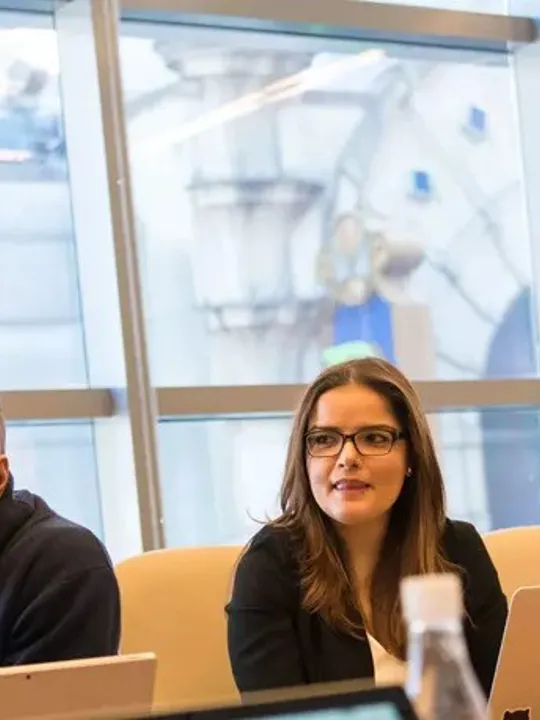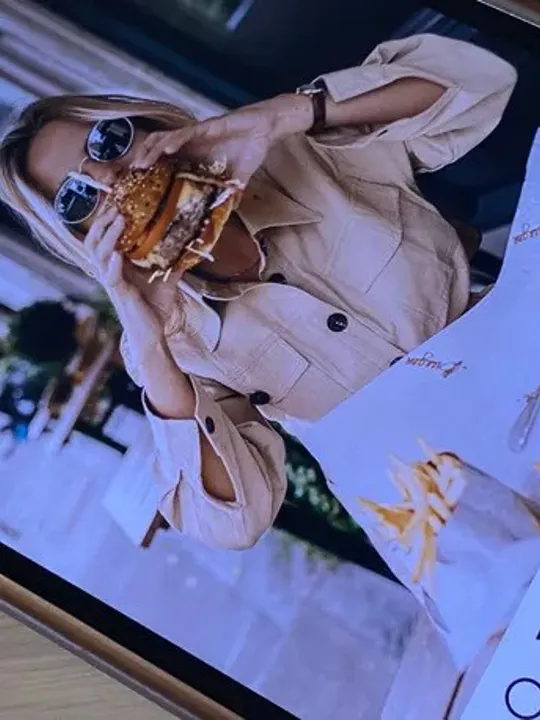What Is FOMO Marketing And How Can The Hospitality Industry Use It To Their Advantage?
With growing numbers of people online every single day, FOMO (fear of missing out) has transcended into our purchasing habits. With that comes opportunities for brands and hospitality businesses, in particular, to harness FOMO marketing and encourage more direct bookings, brand awareness and excitement around their services.
Below we’re going to take a closer look into what FOMO is, how it is already used in the marketing industry, and how hospitality businesses in particular can harness the power of FOMO.
What is Fomo?
According to the World Journal of Clinical Cases, the term “fear of missing out” gained traction in 2004. Coincidentally, this was the year Facebook launched, one of the first large online spaces (except for possibly MySpace) where people were able to publicly display their friendships and what they were doing through status updates and photos.
The fear of missing out can best be described as the feeling of not wanting to be out of the loop. For example, not being able to stay off social media in case you miss something important.

What is Fomo Marketing?
Fomo marketing refers to a number of things, for example, on clothing websites when something is labelled as ‘last one left’ or a ‘don’t miss out’ offer. Other examples include sending out email alerts if a customer leaves their basket without completing the purchase, reminding them of what they have waiting and encouraging them to not lose it.
Forbes states “The average person spends 147 minutes a day on social media. Because of this, we’re more aware than ever of how others are spending their time.” With so much being showcased online, it's incredibly easy to feel as if you are missing out on something, or envious of how someone else is spending their time.
The Hospitality Industry
For the hospitality industry, this is a fantastic opportunity to offer an experience or showcase what exactly you offer to audiences, to encourage them to make a purchase. Be it an extraordinary hotel stay in a gorgeous location, a hidden gem on the site of your hotel, a stunning location just minutes away from your hotel, a sneak peek at a new menu item, or a great photo opportunity at the site of your restaurant.
Moreover, while FOMO marketing is already a prevalent strategy, FOMO is a huge part of the everyday lives of consumers. Younger demographics in particular report experiencing FOMO regularly, with research showing that 56% of people who experience FOMO are ages 18-30. Additionally, almost 7 out of 10 millennials experience FOMO, which is equal to nearly 69% of the whole group.
With this, and the growing rates of young people using social media platforms, FOMO could be used as a highly effective marketing strategy. For the hospitality industry in particular, this has the potential to be an untapped goldmine for stirring feelings of FOMO and encouraging consumers to make a reactive purchase as a result.
Overall, research has shown that travel (59%), parties and events (56%), and food (29%) are the biggest things that create FOMO among millennials. Seeing people travelling, finding ‘hidden gems’, visiting gorgeous locations, attending exclusive events, and trying great looking food are the most likely things to stir FOMO in millennial audiences. Even more interesting is that after experiencing FOMO, 60% of millennials agree that they would then make a reactive purchase.
Many hospitality brands are catching on to this and using TikTok as their avenue of choice to connect with younger audiences and generate feelings of FOMO. For example, travel agent TUI has begun a TikTok marketing campaign to take off their new city break offering, veering away from beach holidays to focus on city breaks. Understandably TUI has utilised TikTok to target younger audiences and extend their ‘Live Happy’ campaign through means of targeted ads on their own account, as well as some ads through travel influencers, spotlighting certain locations in a ‘spend the day with me’ format, a type of user generated content (UGC) that is effective in marketing campaigns.

Using User Generated Content
User generated content has proven to be a valuable tool to pair with FOMO marketing to generate more interest among audiences. According to a survey by Olapic, 44% of consumers are more likely to purchase a product if the brand used UGC in their marketing. Moreover, user generated content is found to be more influential than brand photos and videos by 85% of customers. Additionally, Millennials are 30% more likely to trust UGC when compared to baby boomers.
This is significant and should see TUI’s new campaign see great results as it combines both FOMO and effective UGC, as well as highlighting to other hospitality businesses the steps to take to stir the same kinds of feelings to hopefully lead to more bookings.
TikTok
Tiktok has been a huge game changer for marketing teams, with many hotels already combining UGC and FOMO marketing trends to generate interest and encourage direct bookings. Everyone will have seen a similar style of TikTok, such as a ‘come to this hidden gem’, ‘day in the life visiting [destination]’, ‘come to one of the best [destination] restaurants with me’, prompting not only feelings of FOMO, but interest in the brand and a discussion in the comments.
Restaurants
For restaurants harnessing this kind of FOMO, there is a possibility to use these strategies as a way to generate an increase in direct bookings. Say for example you showcase a specific menu item, or create a ‘special’ only shown on TikTok, paired with carefully curated UGC hype around the item using foodie TikTok influencers. This will encourage FOMO, increase brand awareness and interest and prompt other users to visit the restaurant, make a direct booking or ask for the same exclusive menu item. Or at the very least check you out on social media.
FOMO within the restaurant industry can also be a fantastic tool for generating discussion via word of mouth. For example, chatting to a friend and asking if they’ve heard of a specific restaurant and going on to discuss a special event they have hosted, a menu special they provide or something more unique they may have seen on social media or TikTok, largely catalysed from a feeling of FOMO. This spreads the brand name and can lead to an increase in engagement on social media, or prompt a booking to see what the fuss is about for themselves.
What’s more, if you have a hidden spot inside your restaurant for a quirky photo opportunity that consumers don’t know about, this can be the perfect time to showcase this and prompt visitors to the restaurant. This is a great way to get creative and appeal to your audience in a new and different way to drive interest in your brand, get your name out there and increase bookings.
Hotels
For hotels, FOMO marketing is slightly different. There are a huge number of ways hotel brands can use TikTok to generate FOMO. For example, TUI’s ‘Come spend a day in [location]’ looks at real destinations where real people are going, showing you the best things to do and what they *actually* look like, rather than staged images.
For hotel brands, you can also look to the wider destination around you to showcase exciting things to see and do that may cause an influx of interest and more bookings. Showcasing a ‘day in the life’ style TikTok where a travel influencer discusses the best points about what they enjoyed when staying at your hotel can also give consumers a more accurate look into what a stay with you is like, creating further feelings of FOMO.
TikToks that show off the best parts of your hotel such as the pool, any social media-worthy locations, the best food to order or other hidden information (say for example you have a hotel dog that scouts around and is a talking point amongst guests) can be a USP that encourages interest around your brand and leads to more direct bookings.
What We Think
To summarise, hotels and restaurants are in an incredibly lucky position to be able to use the FOMO of consumers to generate more interest in their brands and drive traffic. With the growth of TikTok as a creative platform, it offers the perfect opportunity to curate more creative content that not only showcases the brand but appeals to consumers and fits in with current trends.
Furthermore, statistics show that travel and food are among the top performers in generating feelings of FOMO. This provides ample opportunity for hospitality businesses to adapt their marketing and connect, inspire, and intrigue consumers uniquely. In turn, encouraging discussion around their brand, their food, their services (and more) in order to encourage a direct booking.
We can help
At Cab Hospitality, we have over 30 years of industry experience and a finger firmly on the beating pulse of the hospitality industry. We understand the inner workings, concerns and emerging trends of the industry; helping our clients with a variety of digital marketing assistance.
From social media to SEO, email marketing to consultancy and everything in between, we’re your partner in increasing direct bookings.
Have a question or want to chat further? Get in touch.